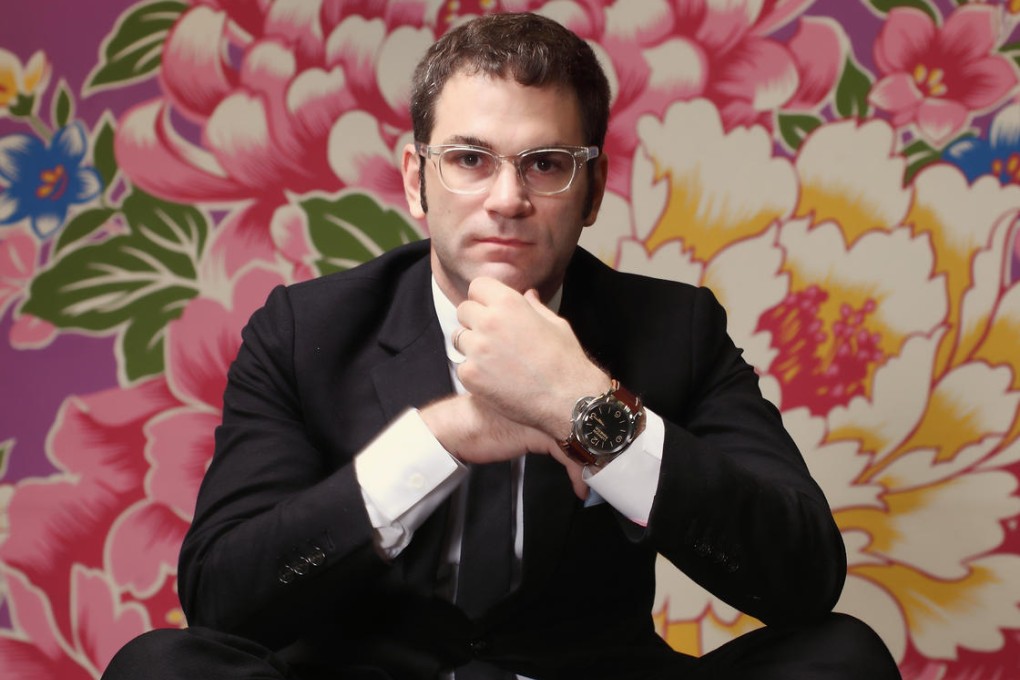State of the art: Philip Tinari believes in the right time to do things

As the director of the Ullens Center for Contemporary Art (UCCA) in Beijing's thriving 798 art district, Philip Tinari believes in the right time to do things. "In art, we have the cycles of artists becoming discovered," he says. "They go from unknown artists to emerging artists and finally major artists. As an institution, we want to show artists at the right time in their career."
Philadelphia-born Tinari, 33, was introduced to contemporary Chinese art in 2000 at the age of 19 when he, as a Putonghua-speaking student, was chosen to be the campus guide for Xu Bing, a Chongqing-born contemporary artist who was in the US visiting Duke University for an installation exhibition. The friendship did not stop there. A year later, when Tinari came to Beijing as a Fulbright fellow at Peking University, he met more Chinese artists. "It was only in the last five to 10 years that Chinese contemporary art has become a legitimate field," he says. "In that way, I feel I was a little bit early."
![PANERAI Luminor 1950 3 Days – 47mm - “I became obsessed with the design [of this watch] because it’s supersimple. It does not do anything except tell you the time – not even the seconds. It’s only the minutes and hours. It’s a vintage design, very classic.” PANERAI Luminor 1950 3 Days – 47mm - “I became obsessed with the design [of this watch] because it’s supersimple. It does not do anything except tell you the time – not even the seconds. It’s only the minutes and hours. It’s a vintage design, very classic.”](https://www.scmp.com/sites/default/files/styles/236w/public/2013/10/31/b2a16a677a282b8f9617a437e241e8a2.jpg?itok=u_oMJJJ7)
He started the Chinese-language website for Artforum, an important art magazine in New York, and began contributing articles. In 2009, he launched the bilingual, bi-monthly magazine LEAP: The International Art Magazine of Contemporary China for Modern Media Group, China's leading producer of lifestyle magazines. In December 2011, Tinari was appointed director of UCCA.
"As a magazine editor, we have a different kind of time. Two weeks before the magazine is published, you stay up all night and work late. Then in the one or two weeks after the magazine comes out, you are relaxed without doing anything, just to recover. I used to resist the idea of regulated time, but I like it now. It's actually very productive," he says.
As the arts hub of China, Beijing is full of artists. The pace of change in the art scene is quick. "It's not just in art. One year in China is almost like three years' worth of change and growth [elsewhere]," Tinari says.